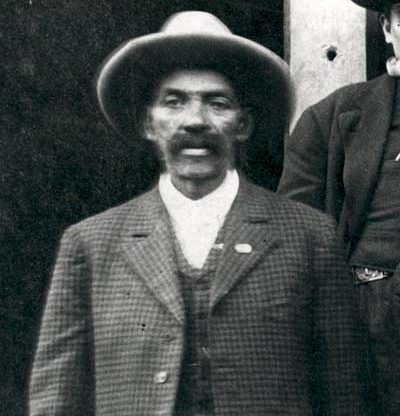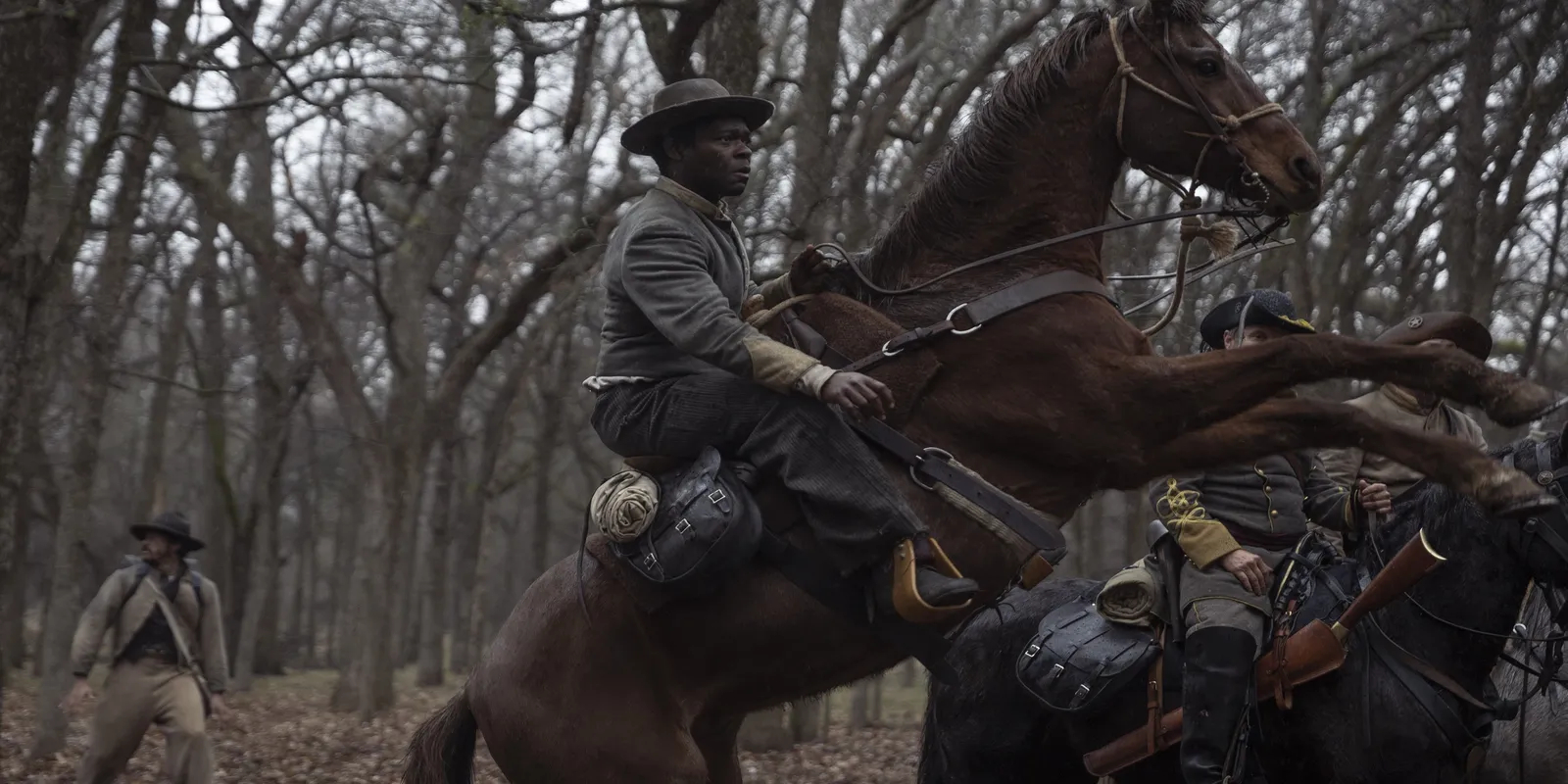In Paramount+’s Western series ‘Lawmen: Bass Reeves,’ Bass is a slave who gains his independence on his own by putting his life on the line. When he realizes that his master Major George Reeves has no intention of freeing him, he seeks motivation in the fight of his brothers in the Civil War to shed the former’s blood enough to run away from the Confederate soldier’s custody. His escape route ends in an Indian Territory, where a Native American woman protects him. As the historical show depicts, Bass was a real slave and his journey to become a legendary lawman is inspirational.
Bass’ Life as a Slave
Bass Reeves was born into slavery in July 1838. He was owned by William Steele Reeves, a prominent Arkansas legislator and politician. Bass had to accept the name of the family that owned him as a chattel slave as his surname. As a child, he worked as a water boy and later as a field hand in the Reeves household along with his parents. At the age of eight, Bass moved to Grayson County, Texas, with the Reeves and their slaves. As he was growing up, he started to tend to his master’s mules and horses.

“Bass was selected as his master’s ‘companion,’ a position of prestige among his fellow slaves. His mother, Pearlalee, was pleased because now each member of her family was an upper servant, able to eat at the ‘house table.’ […] Bass accompanied his master nearly everywhere, serving as valet, bodyguard, coachman, and butler,” Bass’ great-nephew Paul L. Brady wrote in his book ‘A Certain Blindness.’ The lawman learned to use a gun during this period.
“[William] did permit Bass, who had quick hands and a good eye, to learn to use a gun. Being himself a poor shot, Bass’ master indulged his loyal and trusted slave and appreciated the vicarious prestige when Bass invariably won the turkey shoots and other trials in which Bass was entered, regardless of whether the opponents were black or white,” Brady added in his book. When the Civil War broke out, William’s son George Reeves took Bass to the battlefield to fight for the Confederates. In an interview given to a Muskogee newspaper, the lawman said that he was involved in the battles of Pea Ridge, Chickamauga, and Missionary Ridge along with George.
Bass’ Road to Freedom
As per the findings of Art T. Burton, who wrote ‘Black Gun, Silver Star: The Life and Legend of Frontier Marshal Bass Reeves,’ Bass ran away from the Reeves household after beating up George after a card game. Bass “laid him [George] out cold with his fist and then made a run for the Indian Territory north across the Red River, with the hue and cry of ‘runaway n—’ hounding him up until the Emancipation,” Burton’s book reads. When the Thirteenth Amendment abolished slavery in 1865, he reunited with his family and left for Van Buren, Arkansas, to settle in the place as a farmer.

Until becoming a free man, Bass reportedly stayed in Indian territories and learned their language. This education played an integral role in his selection as a deputy marshal since Marshal James F. Fagan picked him after learning about his ability to speak several Native languages. Considering Bass’ career, it is safe to say that this familiarity led him to several Indian Territories as a posted lawman for the regions as well. He served in a Native Reservation Territory in the Western District of Arkansas soon after becoming a deputy marshal. Later, Bass was transferred to the Muskogee Federal Court in the Native Territory.
Read More: When and Where Does Lawmen: Bass Reeves Take Place?


You must be logged in to post a comment.